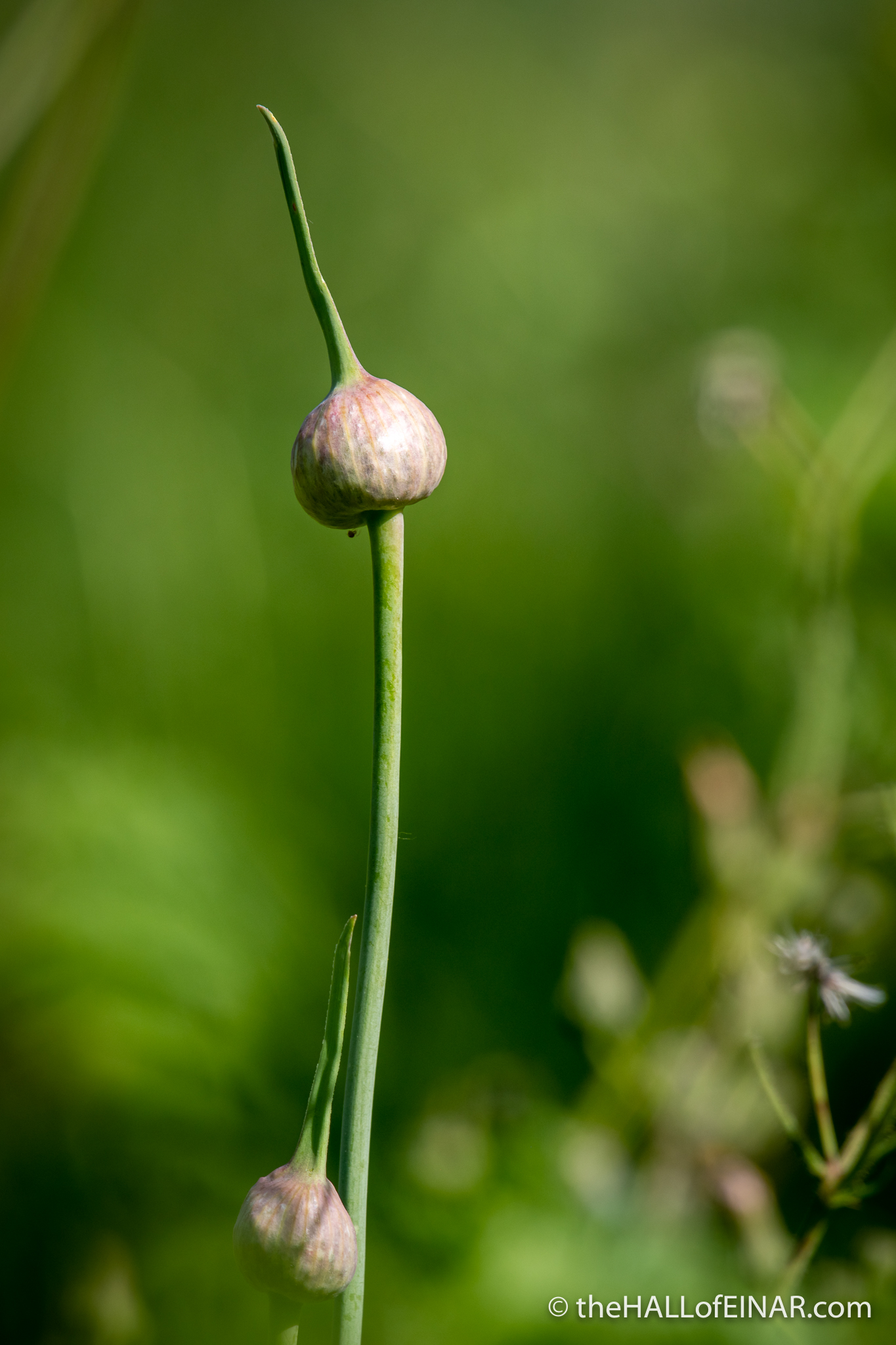One leaf or two?
Look at any seed of a flowering plant and there’s a major feature you may never have realised is there. You can see it straight away when you know. It’s especially clear when the seed germinates. Do you know what it is? It’s that some plants have one leaf in their seeds and some plants have two. Plants with one embryonic leaf are called monocotyledonous plants, or monocots for short and they are all related to one another. Grasses; one leaf. Orchids: one leaf. Onions; one leaf. Daffodils; one leaf. Rice, wheat, maize, bananas, palms, tulips; all one have just one embryonic leaf in their seeds.
Seeds with two embryonic leaves are called dicots (short for yet another ridiculously long word). Dicots aren’t all related to one another like monocots are. You know how peanuts have two halves? They’re dicots. Beans; dicots. Sunflowers; dicots.
There’s an ornamental onion in the garden here at Villa Doria Pamphilj. It’s a monocot:

Monocots also have flowers with three or six or nine petals. Dicots have four or five petals. Their roots are different, their leaves are different, their water-transport systems are different. That’s a whole series of pretty fundamental differences. And all you have to do to see the beauty of the relationships in millions of years of evolution of flowering plants is to count. Isn’t that marvellous?